Origins of the Agreement
Peace Talks
The Belfast/Good Friday Agreement was the culmination of years of talks and negotiations between individuals and groups locally, nationally, and internationally which aimed to stop the violence which had been ongoing since the late 1960s and create a consensus for the future political framework of Northern Ireland.
HUME-ADAMS TALKS
A significant step towards an agreement was the dialogue between the Social Democratic and Labour Party (SDLP) leader, John Hume, and Sinn Féin President, Gerry Adams. Throughout 1993, Hume and Adams issued a series of joint statements which affirmed their commitment to “reaching agreement on a peaceful and democratic accord.” Although the Hume-Adams talks were widely condemned, they made a contribution to the British and Irish Governments’ Joint Declaration for Peace in December of that year. This document, known as the Downing Street Declaration, presented a joint approach from both governments to resolve the issues in Northern Ireland. In it, the British Government asserted that they had no “selfish strategic or economic interest in Northern Ireland,” while the Irish Government acknowledged that Irish unity could only be achieved with the consent of a majority of the population in Northern Ireland.
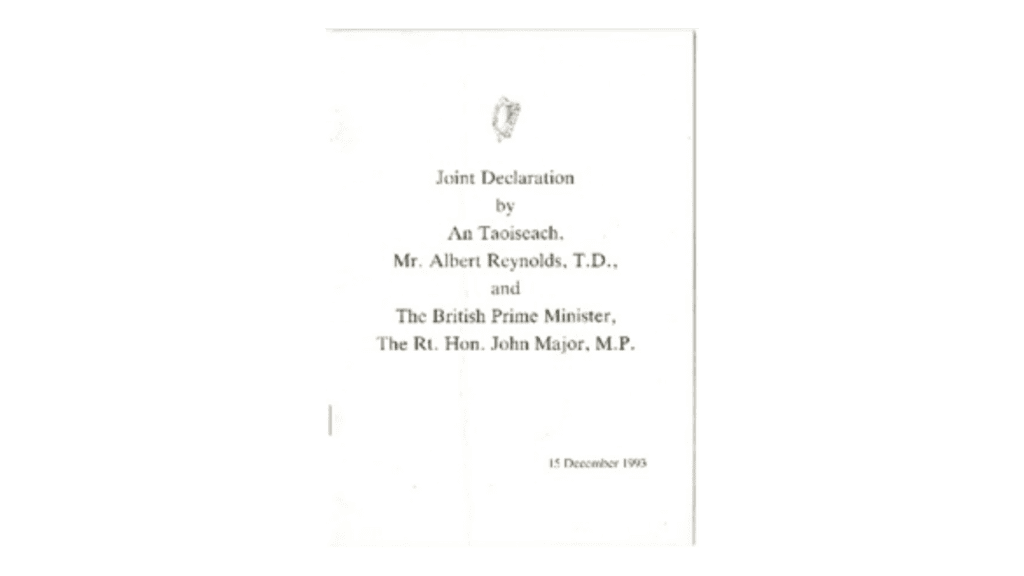
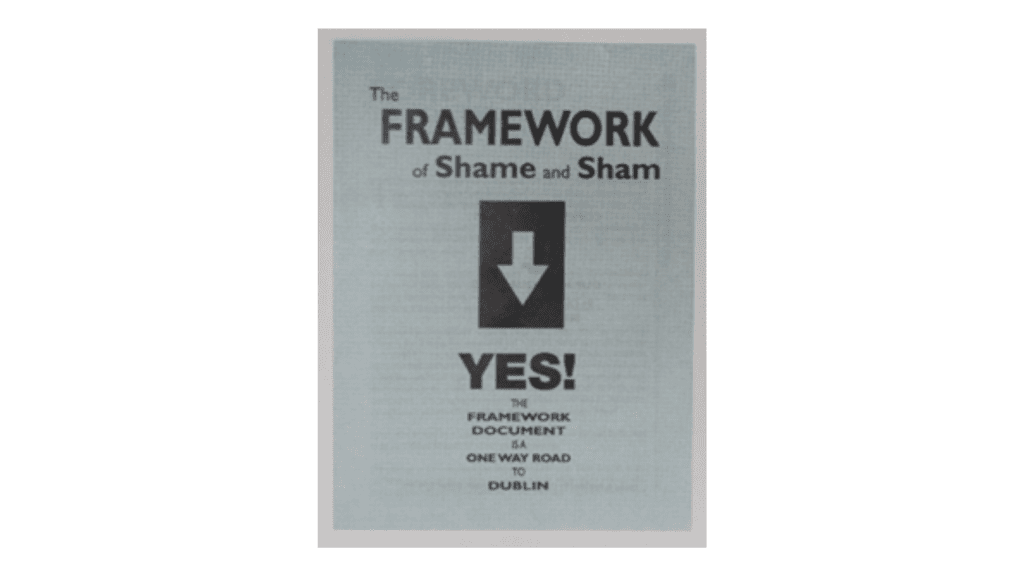
DECLARATIONS AND DOCUMENTS
In 1995, both governments produced more detailed plans intended to bring peace and consensus to Northern Ireland. Known as the Framework Documents, these texts proposed how a devolved government in Northern Ireland might operate, as well as outlining institutions to strengthen relationships between the north and south of Ireland, and Ireland and the United Kingdom. Both the Downing Street Declaration and the Framework Documents failed to satisfy all parties in Northern Ireland, but nonetheless, they signified movement towards peace and consensus.


Violence & Ceasefires
Even as negotiations persisted throughout the 1990s, violence continually threatened to undermine the possibility of an agreement.
“IT’S OVER”
On 23 October 1993, the IRA exploded a bomb on Belfast’s Shankill Road, killing 10 people, including 1 of the IRA bombers. The Shankill bomb led to a series of reprisals from loyalist paramilitaries, such as the UDA mass shooting at Greysteel which killed 8 people. But, on 31 August 1994, the IRA declared ‘a complete cessation of military activity.’ Loyalist paramilitaries responded by announcing a ceasefire on 13 October 1994.
CEASEFIRE SHATTERED
Before admitting Sinn Féin into all-party talks, the British Government wanted the IRA to decommission their weapons and confirm that its ceasefire was permanent. A stalemate ensued and, eventually, the IRA broke its ceasefire in 1996. On 9 February, the IRA exploded a bomb in the Docklands area of London. Also known as the Canary Wharf bombing, it killed 2 people as well as causing mass injuries and approximately £150 million worth of damage.
DRUMCREE
Meanwhile, a dispute in Portadown was intensifying over an Orange Order march from Drumcree Church. The route of the march had been contentious for over a century, and since the 1980s the Garvaghy Road was the epicentre of the dispute. Annual protests during the summer marching season escalated in 1995, which aggravated political tensions across Northern Ireland and coupled with the IRA’s resumption of violence 7 months later, overshadowed the progress made towards peace and consensus.
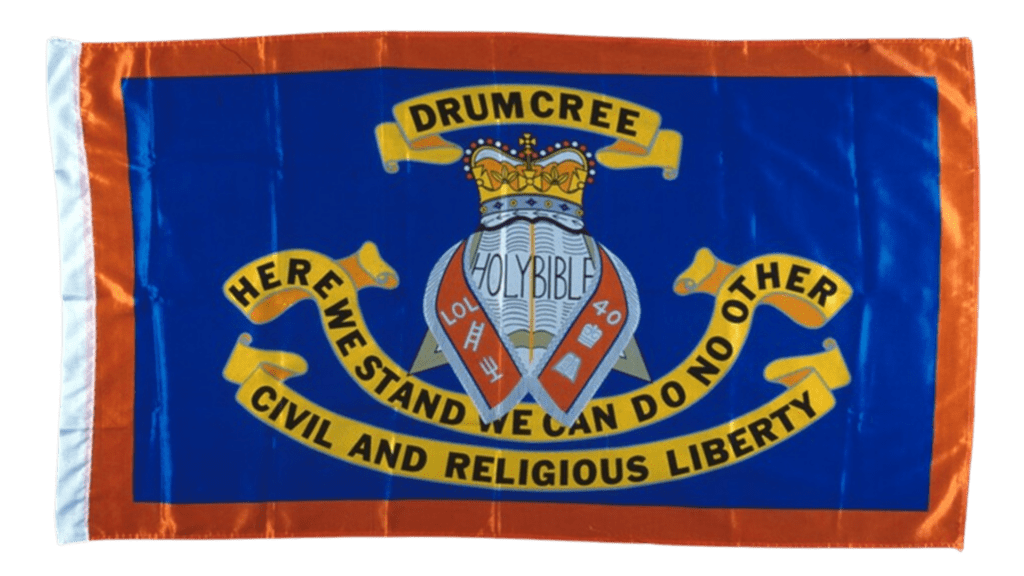

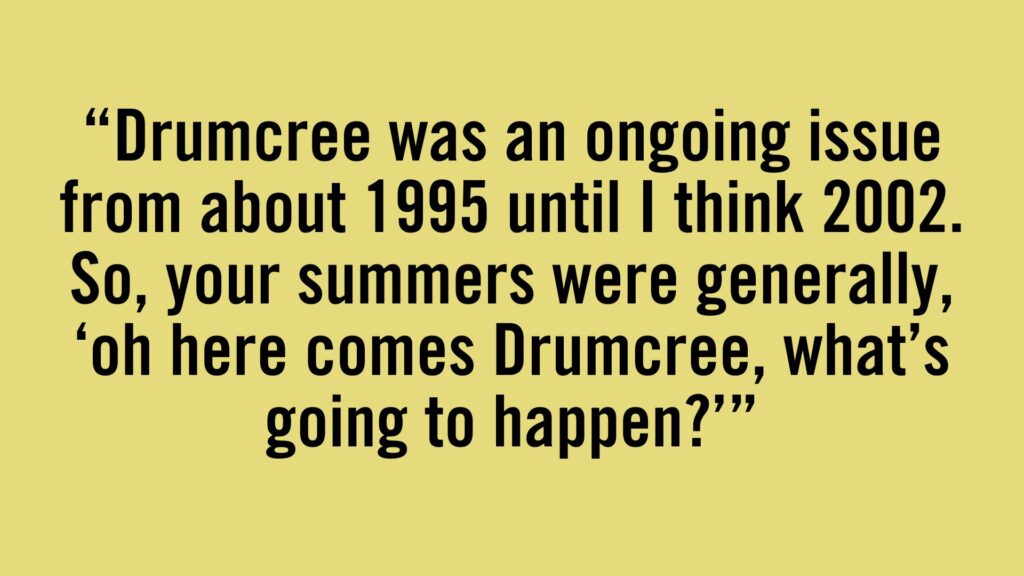
Towards Agreement
With negotiations stalled, hope for an agreement seemed to be dwindling. Yet, a range of factors combined to reignite the possibility of an agreement.
THE AMERICAN INFLUENCE
In late 1994 United States President Bill Clinton sent former Senator George Mitchell to Northern Ireland to assist with peace talks. The British Government then asked Senator Mitchell to chair an International Body for Arms Decommissioning. In January 1996, the body issued a report which proposed that decommissioning could take place alongside talks if all parties committed to non-violence. The British Government under Prime Minister John Major delayed acting on the Mitchell Principles and instead pursued holding elections to a peace forum.
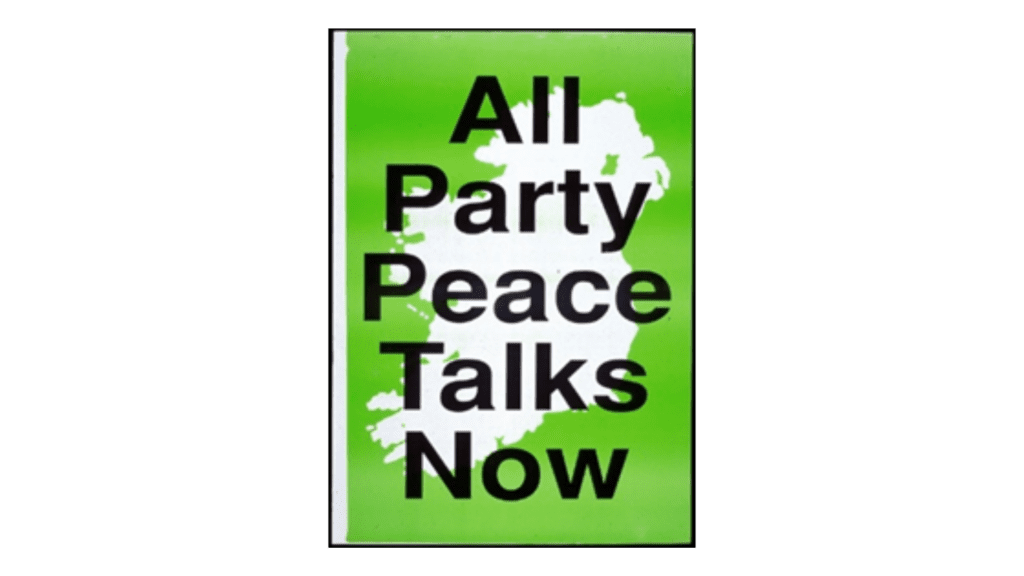
NEW LABOUR
In 1997, however, Tony Blair’s newly elected Labour Government took a different approach, while in the Irish General Election, Fianna Fáil’s Bertie Ahern was elected Taoiseach. Ahern had a reputation as a keen negotiator (Professor Brendan O’Leary). The newly elected British and Irish governments agreed on 25 June to admit Sinn Féin into negotiations if the IRA renewed their ceasefire. On 19 July, the IRA restored its ceasefire stating they wanted “a permanent peace.” Substantive talks then began on 7 October, but the Democratic Unionist Party (DUP) and the United Kingdom Unionist Party (UKUP) refused to join due to Sinn Féin’s admission, meaning the negotiations were multi-party rather than all-party.
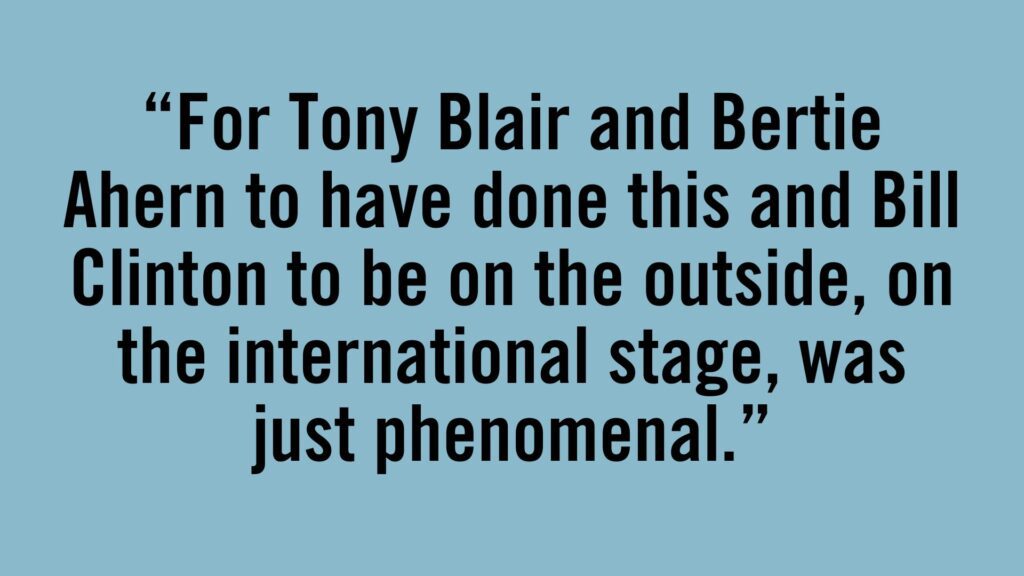
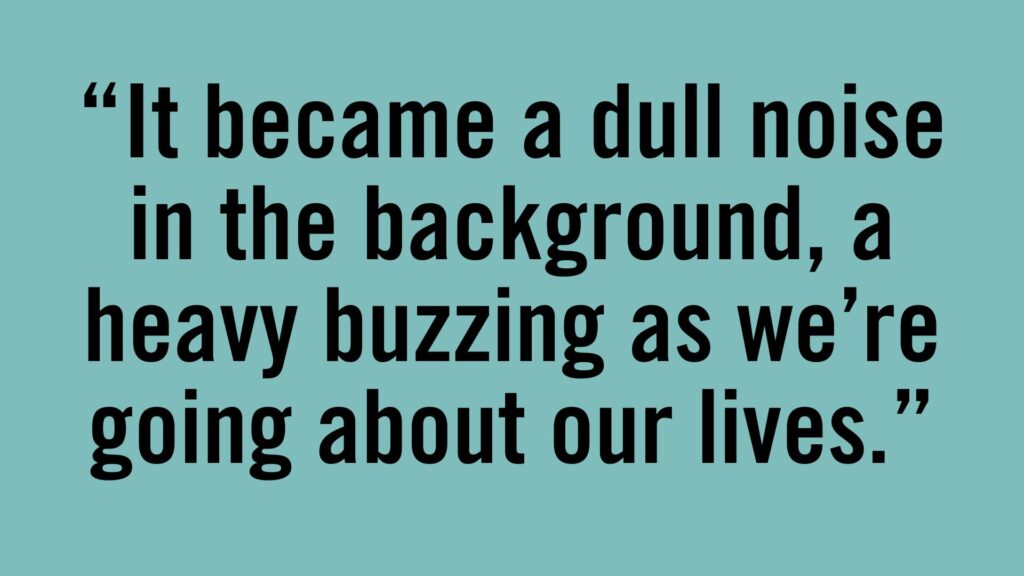
Oral Histories
During 2023, as part of the Origins and Legacies: The Belfast/Good Friday Agreement project, oral history interviews were undertaken at The Linen Hall which documented people’s experiences of and attitudes towards the Agreement in 1998, and 25 years on. We are grateful to everyone who shared their insights, and a selection of the oral histories are available to listen to via each section of this digital exhibition.
Artefacts
The Project
To mark the 25th anniversary of the Belfast/Good Friday Agreement, The Linen Hall launched a project to explore its origins and legacies. Through an exhibition, a series of events, and an oral history project, we reflected on the processes that led to the accord, the competing sides of the referendum campaign and its impact.
AGREEMENT
After negotiations, walk-outs, and suspensions, an agreement was reached in Belfast on 10 April 1998, which was Good Friday. Before the Agreement could be ratified, the electorate in Northern Ireland had to accept its terms, while voters in the Republic of Ireland had to approve proposed amendments to the Irish Constitution.
LEGACIES
By the end of May 1998, the Belfast/Good Friday Agreement was signed and endorsed. The challenge then was to implement its terms, beginning with elections to the first Northern Ireland Assembly. 25 years on, Northern Ireland is a more peaceful place but some divisions have endured, and violence has occurred at times.






